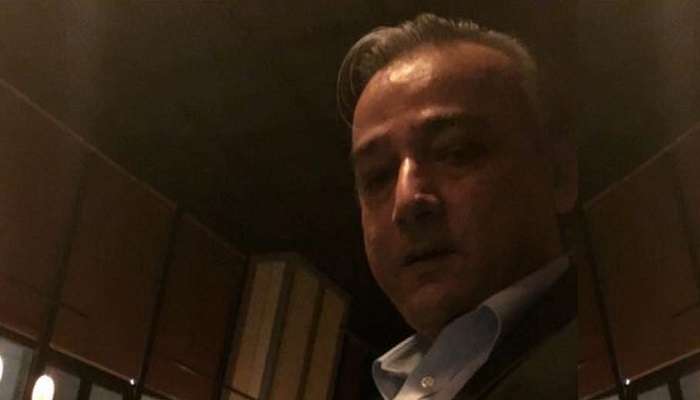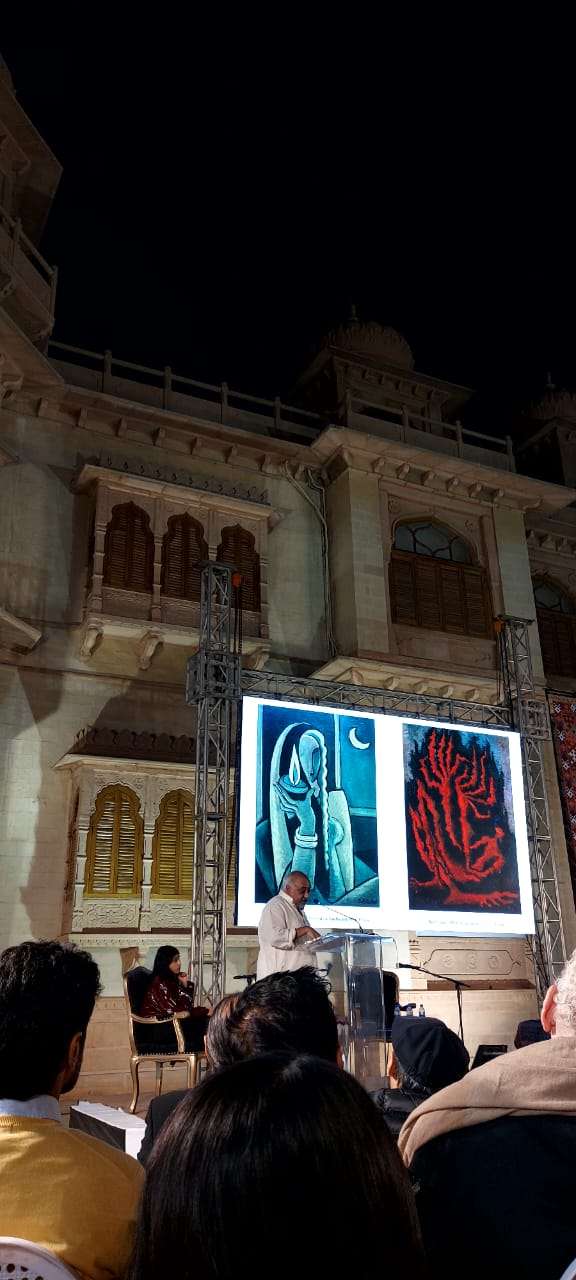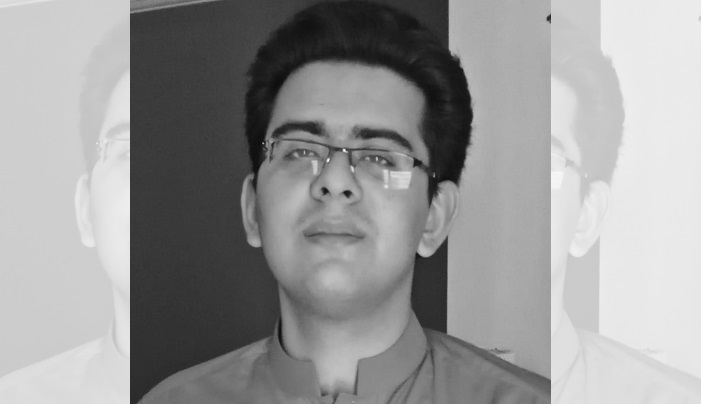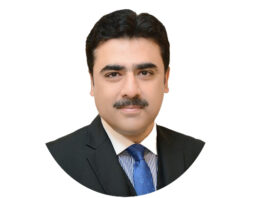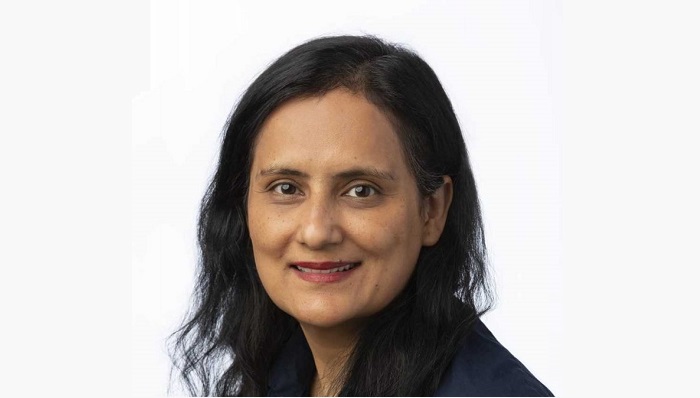Sadequain, an eminent Pakistani painter-calligrapher, can be categorized into four distinct periods, with his time in Paris being particularly noteworthy for his artistic development.
An engaging discussion unfolded on a pleasant evening last Friday during the events commemorating the 25th anniversary of Karachi’s renowned Mohatta Palace Museum. Well-known art critic Ali Majid and journalist/media personality Hameed Haroon delved deeper into an intriguing conversation on Sadequain’s works, especially those he created in Paris. The audience, reflective of the city’s profound interest in art, not only avidly listened to the discussion but also enjoyed a brief yet brilliant performance of Sindhi folk music, garnering much appreciation.
After briefly introducing the topic, Hameed Haroon handed the microphone to Ali Majid, urging him to share insights on Sadequain and his masterpieces.
With the support of a neat and fast-paced slideshow, Ali Majid presented Sadequain’s most distinctive works, organized by titles, mediums and eras. The digital images showcased remarkable quality and detail as he spoke to the audience.
Ali highlighted that Sadequain uniquely portrayed real scenes in his works by peculiarly examining them. He suggested that some of his Paris paintings incorporated well-known and unknown urban symbols from Western and Eastern Europe. He hypothesized that the artist presented objective concepts through various styles and different effects of light.
The conversation also touched on Sadequain’s time in the expansive surroundings of Gadani in Balochistan, where the local landscape distinctly influenced his paintings. Ali noted a special method of absorbing facts at play in Sadequain’s works during this period.
Throughout his intermittent stays in Paris, Karachi and Gadani, Ali Ahmed shed light on the artist’s imaginative works and briefly discussed the potential influence of European trends.
At one stage, though, Hameed Haroon intervened only to remind Ali Majid of the simply undeniable impact of Sadequain’s ancestral connection with Amroha in India’s Uttar Pradesh on his life and artworks right from birth to early education, training and ultimately, his migration to Pakistan.
The discussion extended to Sadequain’s murals that he mostly worked on after his return from Paris to Karachi, and those adorn the city’s prestigious and historic Frere Hall, State Bank of Pakistan, and the buildings in various cities across the country.
The events related to the Silver Jubilee of the Mohatta Museum will continue until March, with a detailed schedule released by the administration.
- Revisiting Paris of Sadequain - 24/01/2024
